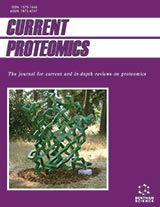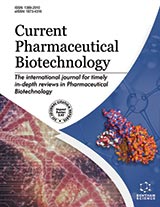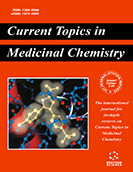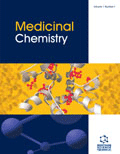Abstract
In this review we describe the effects of methionine sulfoxide reductase A (MsrA) ablation in mouse tissues on the expression of various mRNAs and proteins, with an emphasis on brain tissues. Initially, the expression / activity levels of preselected proteins relevant to the methionine sulfoxide reductase system in various tissues are discussed (the list of proteins contains: thioredoxin, thioredoxin reductase, methionine sulfoxide reductase B, glucose-6-phosphate dehydrogenase, gluthathione peroxidase, selenoprotein P, and cysteine dioxygenase). Additionally, the consequences from lack of MsrA on protein oxidation (carbonylation and methionine oxidation) are evaluated. Finally, newly generated unpublished data is presented on genomic and proteomic analyses, compared between MsrA-/- and wild-type control brains. The gathered information is sorted out into three major protein groups that are linked to: 1) oxidative stress / apoptosis / degradation; 2) neuroregulation; and 3) signal transduction / transcription / elongation factors. In summary, the importance and relevance of MsrA in protecting against the development and progression of neurodegenerative diseases is reviewed.
Keywords: Methionine oxidation, methionine sulfoxide reductase, oxidative stress, selenoprotein, antioxidant
Current Proteomics
Title: Genomic and Proteomic Analyses of the Methionine Sulfoxide Reductase A Knockout Mouse
Volume: 5 Issue: 2
Author(s): Derek B. Oien, Xinkun Wang and Jackob Moskovitz
Affiliation:
Keywords: Methionine oxidation, methionine sulfoxide reductase, oxidative stress, selenoprotein, antioxidant
Abstract: In this review we describe the effects of methionine sulfoxide reductase A (MsrA) ablation in mouse tissues on the expression of various mRNAs and proteins, with an emphasis on brain tissues. Initially, the expression / activity levels of preselected proteins relevant to the methionine sulfoxide reductase system in various tissues are discussed (the list of proteins contains: thioredoxin, thioredoxin reductase, methionine sulfoxide reductase B, glucose-6-phosphate dehydrogenase, gluthathione peroxidase, selenoprotein P, and cysteine dioxygenase). Additionally, the consequences from lack of MsrA on protein oxidation (carbonylation and methionine oxidation) are evaluated. Finally, newly generated unpublished data is presented on genomic and proteomic analyses, compared between MsrA-/- and wild-type control brains. The gathered information is sorted out into three major protein groups that are linked to: 1) oxidative stress / apoptosis / degradation; 2) neuroregulation; and 3) signal transduction / transcription / elongation factors. In summary, the importance and relevance of MsrA in protecting against the development and progression of neurodegenerative diseases is reviewed.
Export Options
About this article
Cite this article as:
Oien B. Derek, Wang Xinkun and Moskovitz Jackob, Genomic and Proteomic Analyses of the Methionine Sulfoxide Reductase A Knockout Mouse, Current Proteomics 2008; 5 (2) . https://dx.doi.org/10.2174/157016408784911891
| DOI https://dx.doi.org/10.2174/157016408784911891 |
Print ISSN 1570-1646 |
| Publisher Name Bentham Science Publisher |
Online ISSN 1875-6247 |
 1
1
- Author Guidelines
- Bentham Author Support Services (BASS)
- Graphical Abstracts
- Fabricating and Stating False Information
- Research Misconduct
- Post Publication Discussions and Corrections
- Publishing Ethics and Rectitude
- Increase Visibility of Your Article
- Archiving Policies
- Peer Review Workflow
- Order Your Article Before Print
- Promote Your Article
- Manuscript Transfer Facility
- Editorial Policies
- Allegations from Whistleblowers























